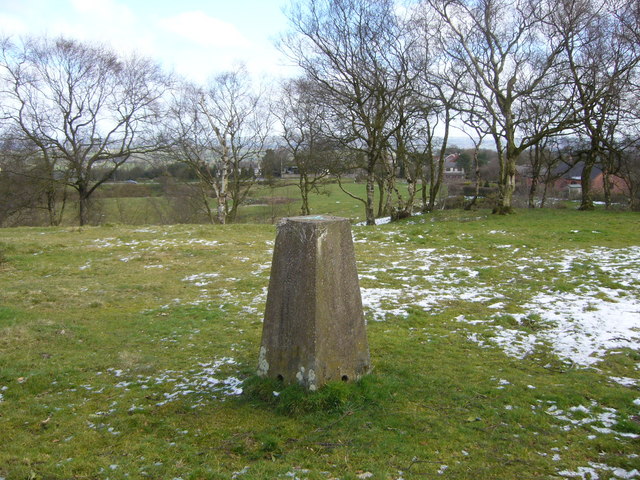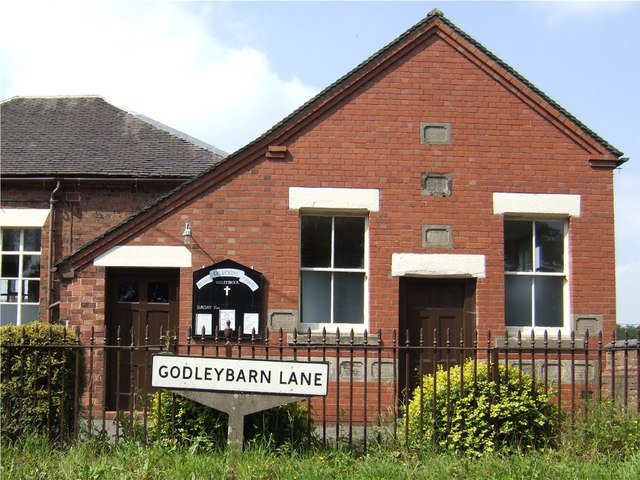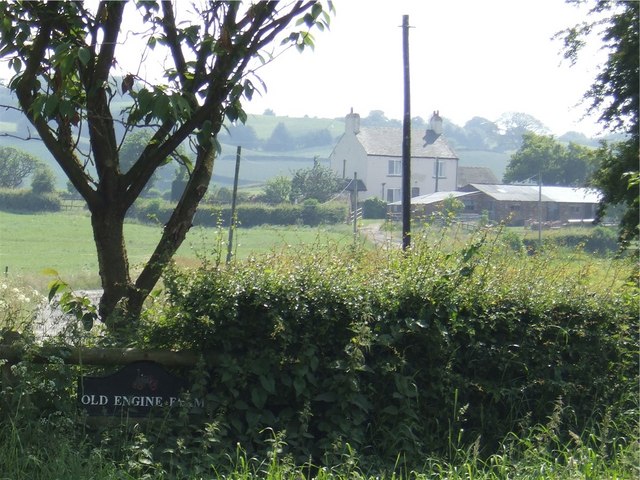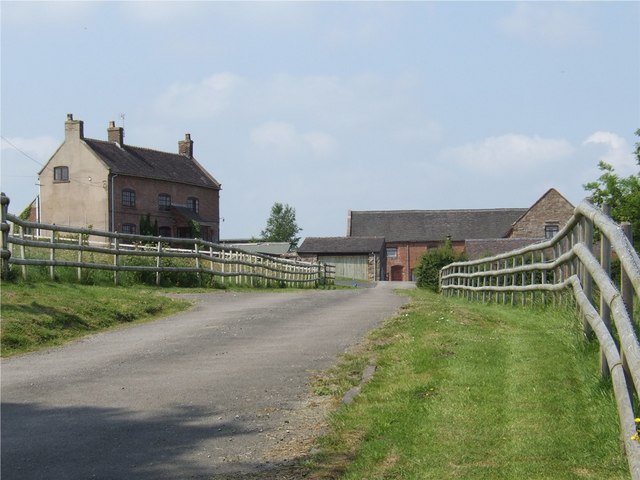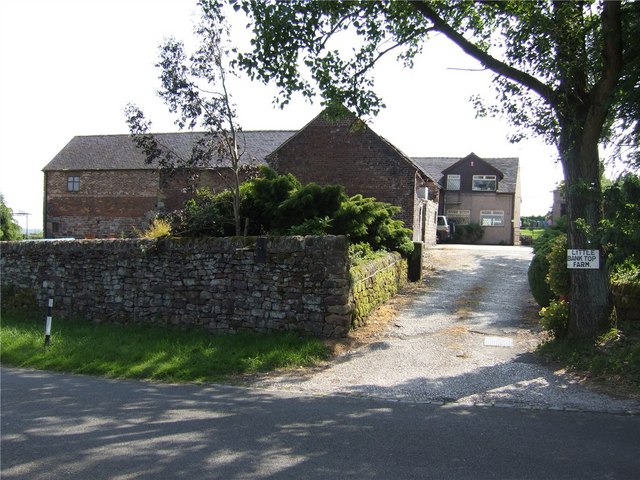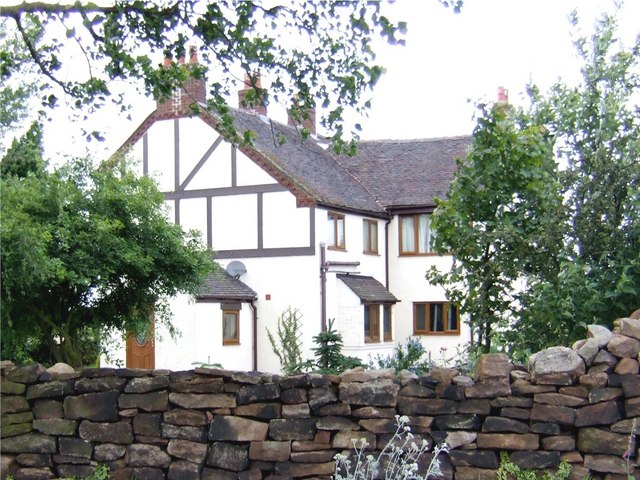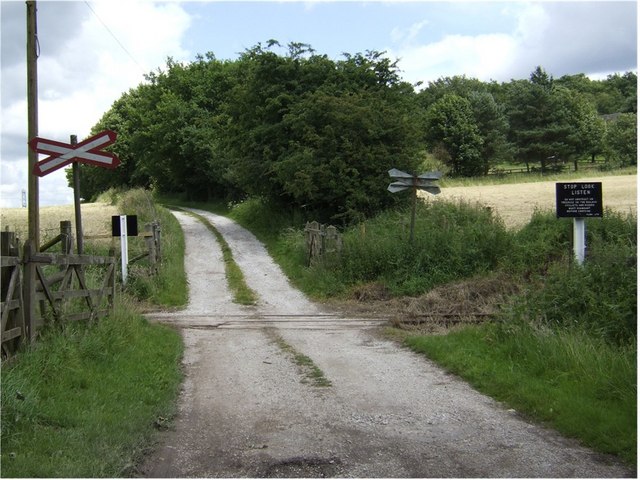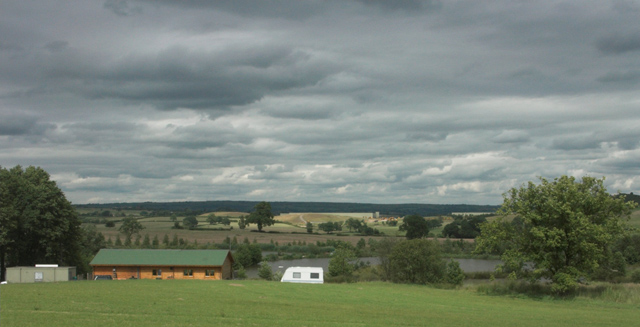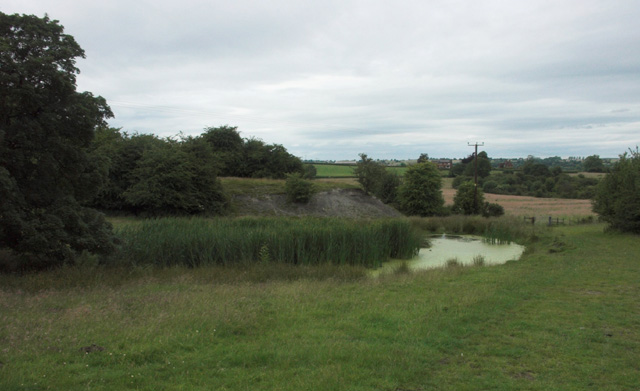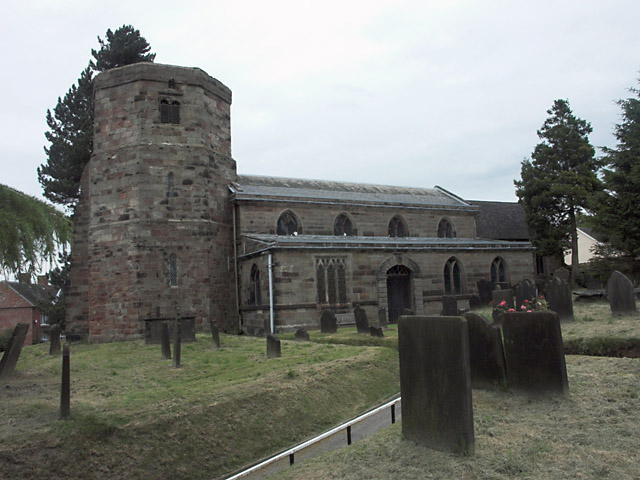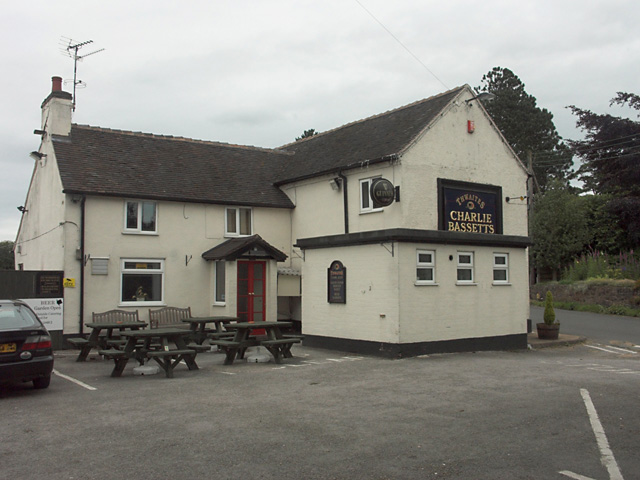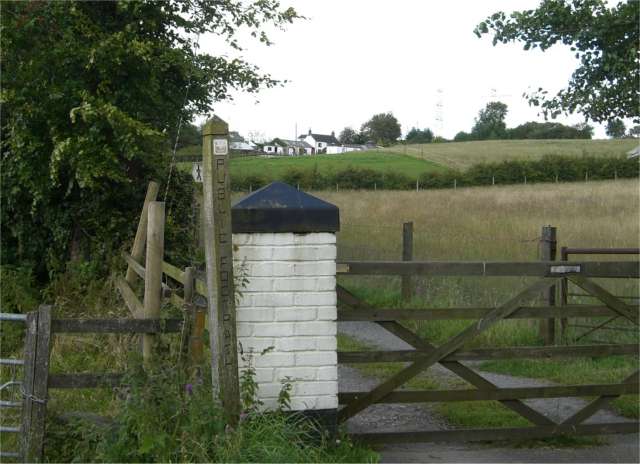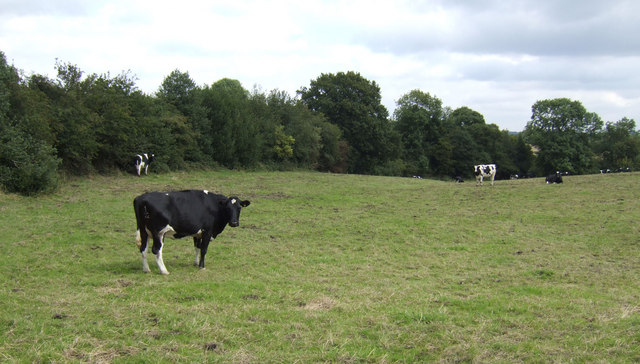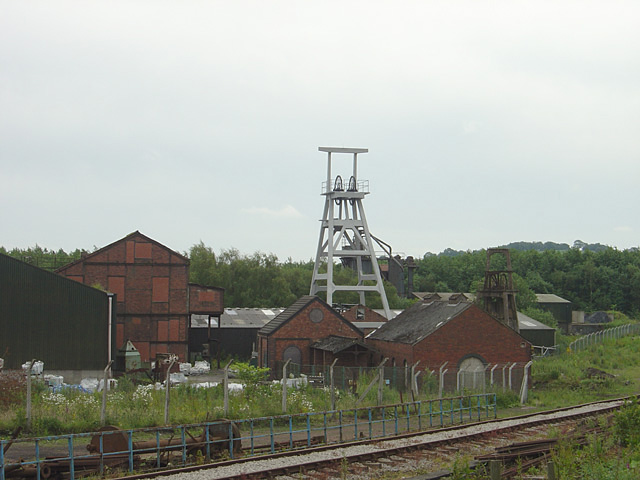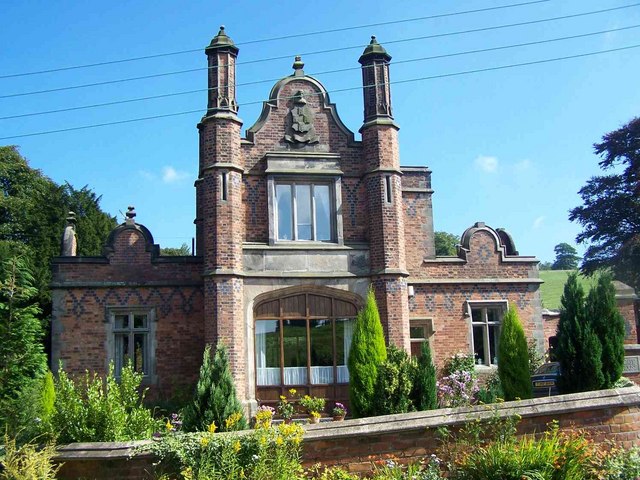Foxfield Wood
Wood, Forest in Staffordshire Staffordshire Moorlands
England
Foxfield Wood
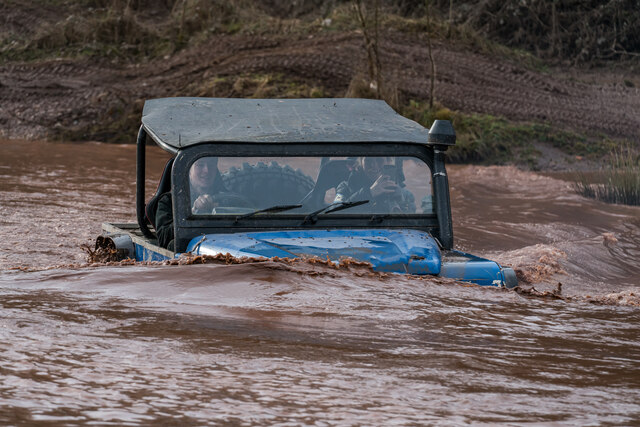
Foxfield Wood is a picturesque woodland located in Staffordshire, England. Spanning an area of approximately 50 acres, it is nestled in the heart of the Staffordshire Moorlands. The wood is known for its diverse range of flora and fauna, making it a popular destination for nature enthusiasts and wildlife lovers.
The woodland is primarily composed of broadleaf trees, including oak, beech, and birch, which create a dense canopy overhead. This canopy provides ample shade and shelter for a variety of woodland animals, such as deer, foxes, and squirrels, which can often be spotted roaming the forest floor.
Walking through Foxfield Wood is a truly immersive experience, with a network of well-maintained footpaths that allow visitors to explore the area at their own pace. As you wander along the winding trails, you may stumble upon charming clearings dotted with wildflowers, adding bursts of color to the otherwise green landscape.
The wood also boasts a small pond, which serves as a vital water source for the resident wildlife. The tranquil atmosphere surrounding the pond is perfect for birdwatching, as numerous species of birds, including woodpeckers and owls, frequent the area.
Foxfield Wood is not only a haven for wildlife but also an important conservation site. Efforts are made to preserve the natural habitat and protect the woodland ecosystem, ensuring its longevity for future generations to enjoy. The wood is open to the public year-round, allowing visitors to connect with nature and appreciate the beauty of this Staffordshire gem.
If you have any feedback on the listing, please let us know in the comments section below.
Foxfield Wood Images
Images are sourced within 2km of 53.000658/-2.0391475 or Grid Reference SJ9744. Thanks to Geograph Open Source API. All images are credited.
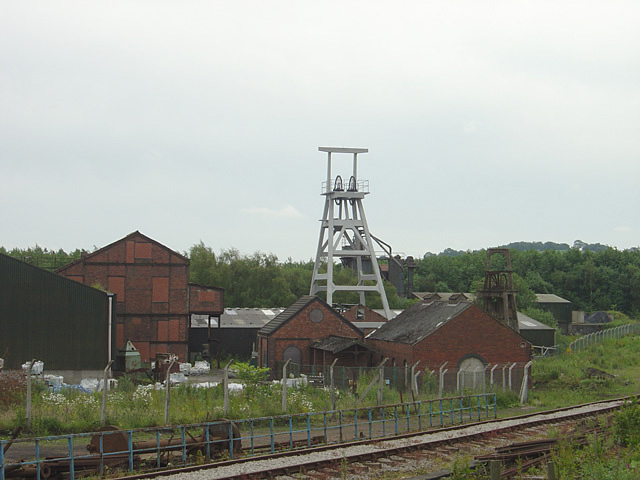
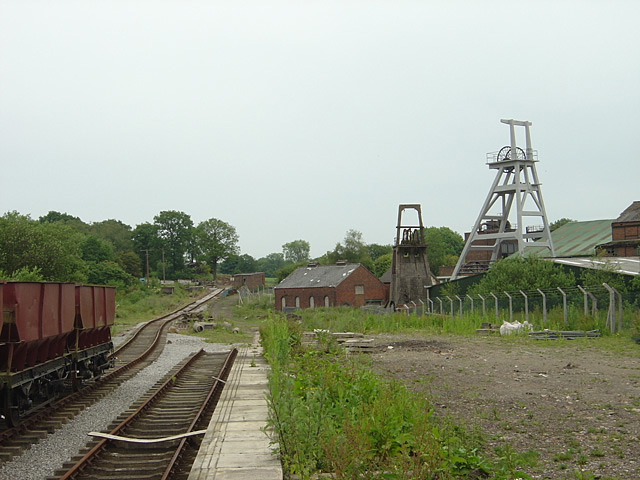
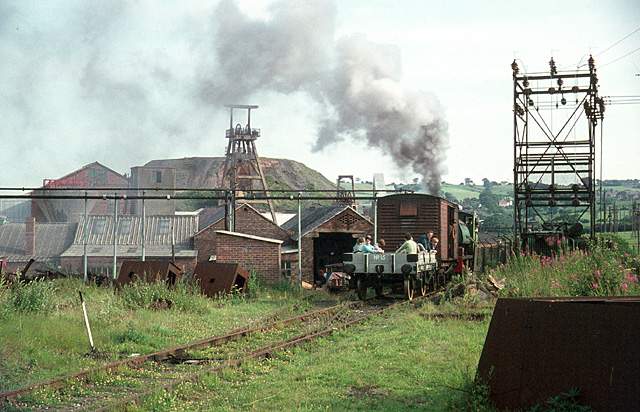
Foxfield Wood is located at Grid Ref: SJ9744 (Lat: 53.000658, Lng: -2.0391475)
Administrative County: Staffordshire
District: Staffordshire Moorlands
Police Authority: Staffordshire
What 3 Words
///ignoring.duplicity.lunges. Near Cheadle, Staffordshire
Nearby Locations
Related Wikis
Dilhorne Park railway station
Dilhorne Park railway station is a heritage railway station in Staffordshire on the Foxfield Railway. The station is a halt set in woodland, and at 760...
Dilhorne
Dilhorne is an ancient parish and village in Staffordshire, three miles from Cheadle and six miles from Stoke-on-Trent. The village is within the Staffordshire...
Dilhorne Hall
Dilhorne Hall located in Dilhorne, Staffordshire, England, was the ancestral home of the Buller family. == History == The Hall occupied an area of approximately...
Cheadle Coalfield
The Cheadle Coalfield is a coalfield in the United Kingdom. Centred on the town of Cheadle, Staffordshire and its outlying villages it lies to the east...
Caverswall
Caverswall is a village and parish in Staffordshire, to the south west of Staffordshire Moorlands. In the middle of the 19th century there were about 1500...
Caverswall Castle
Caverswall Castle is a privately owned early-17th-century English mansion built in a castellar style upon the foundations and within the walls of a 13th...
Foxfield Railway
The Foxfield Railway is a preserved standard gauge line located south east of Stoke-on-Trent. The line was built in 1893 to serve the colliery at Dilhorne...
Cookshill
Cookshill is a small village in the civil parish of Caverswall, Staffordshire, England, near to Weston Coyney. == References ==
Related Videos
woods walk in consall | Three District | camping in UK | Survival camp | life in UK |adventure trip
I_survived_another_wet_camp #Survival_Camp_in_the_UK #nature #life_of_a_student #hindi #uk #viralvideos #indianvlogger ...
Scouting in the UK 1| Indian Student in the UK | adventure time | camping | scouting | woods walk
I_survived_another_wet_camp #Survival_Camp_in_the_UK #nature #life_of_a_student #hindi #uk #viralvideos #indianvlogger ...
Scouting in the UK 4 | Indian Student in the UK | camping in woods
I_survived_another_wet_camp #Survival_Camp_in_the_UK #nature #life_of_a_student #hindi #uk #viralvideos #indianvlogger ...
Whitehurst Lane Nr Cellarhead to Dilhorne village boundary - Morning walk, Mid April, 2020
Whitehurst Lane, Nr Cellarhead to Dilhorne village boundary - Morning walk, Mid April, 2020. After dropping the good wife off to ...
Nearby Amenities
Located within 500m of 53.000658,-2.0391475Have you been to Foxfield Wood?
Leave your review of Foxfield Wood below (or comments, questions and feedback).
